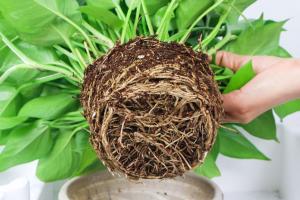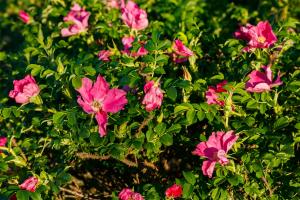When to Plant Cedar Trees in Arkansas
Arkansas is a beautiful state known for its diverse landscapes, from the Ozarks to the Ouachita Mountains to the Delta region. If you’re a homeowner or a landowner in Arkansas, you might be wondering the best time to plant cedar trees on your property. Here, we’ll discuss when to plant cedar trees in Arkansas and why.
Best Time to Plant Cedar Trees
The best time to plant cedar trees in Arkansas is during the fall or early spring. This is when the ground is soft enough to dig a hole and the temperature is mild enough to keep your young cedar trees from being exposed to extreme heat or cold.
Planting in the fall (late September to early November) is ideal for several reasons. The soil is still warm from summer, and the cooler weather means less stress for your tree. Plus, fall rains can help your cedar establish its roots before winter sets in.
Planting in early spring (March to April) is also a good option. The ground has thawed, and the tree has had time to establish roots before the hot summer months. Spring planting also ensures that the tree has time to adjust to its new surroundings before winter.
Choosing the Right Location
When planting cedar trees in Arkansas, it’s important to choose the right location. Cedar trees prefer well-draining soils and full sun, but they can also tolerate partial shade. If you have heavy clay soil, consider amending it with sand or organic matter to improve drainage.
Also, keep in mind that cedar trees can grow quite large – up to 80 feet tall and 20 feet wide. Choose a location that will allow your cedar to mature without interfering with power lines, buildings, or other trees.
How to Plant Cedar Trees
To plant cedar trees in Arkansas, follow these steps:
Choose a healthy tree from a reputable nursery. Cedar trees can be grown from seeds or cuttings, but planting seedlings is the easiest option.
Choose a suitable location with well-draining soil and full sun or partial shade. Avoid planting near power lines, buildings, or other trees.
Dig a hole that is two to three times larger than the root ball of the tree.
Loosen the soil in the bottom of the hole and add some organic matter or sand to improve drainage.
Place the tree in the hole, making sure the top of the root ball is level with the surrounding soil.
Backfill the hole with soil, tamping it down gently with your foot.
Water the tree thoroughly, and add mulch around the base to help retain moisture and suppress weed growth.
Water your newly-planted cedar tree regularly, especially during its first year.
Care and Maintenance
Once your cedar tree is established, it will require minimal care. Here are a few tips to keep your tree healthy:
Water your cedar tree regularly, especially during periods of drought.
Apply a slow-release fertilizer in early spring to encourage healthy growth.
Prune your cedar tree to remove dead or damaged branches, but avoid heavy pruning as it can damage the tree.
Watch out for pests and diseases, especially cedar apple rust and webworms.
By following these tips, your cedar tree will grow strong and healthy, providing beauty and shade for years to come.

 how many times do yo...
how many times do yo... how many planted tre...
how many planted tre... how many pine trees ...
how many pine trees ... how many pecan trees...
how many pecan trees... how many plants comp...
how many plants comp... how many plants can ...
how many plants can ... how many plants and ...
how many plants and ... how many pepper plan...
how many pepper plan...





























